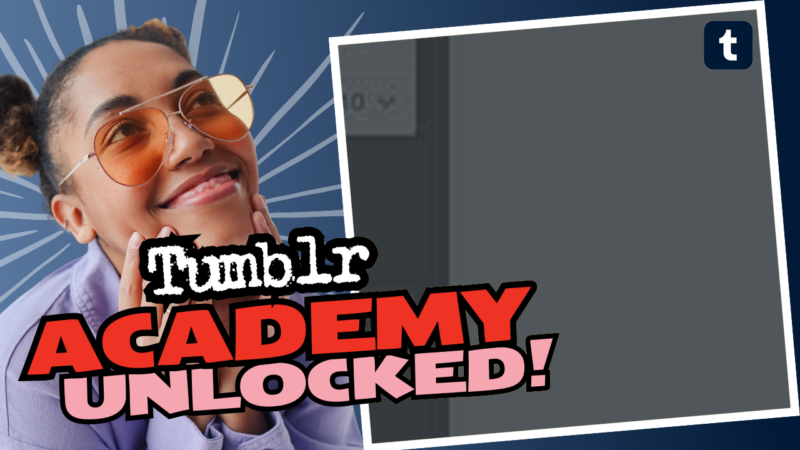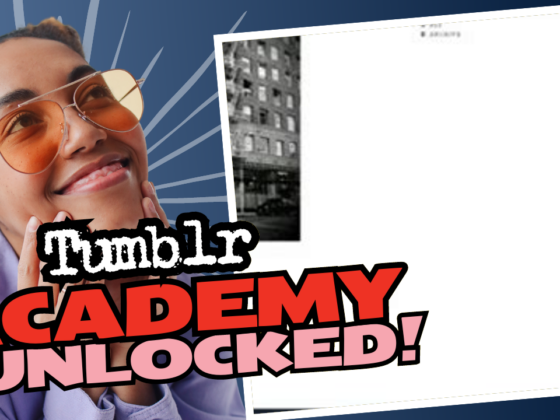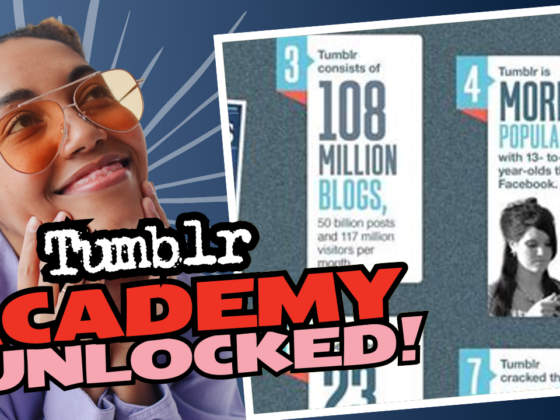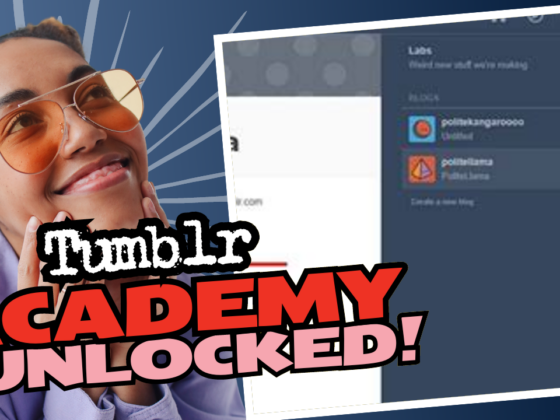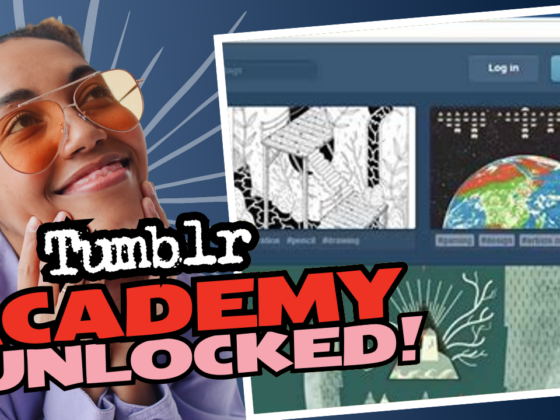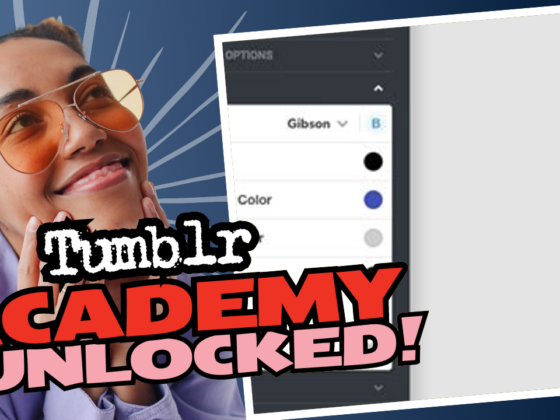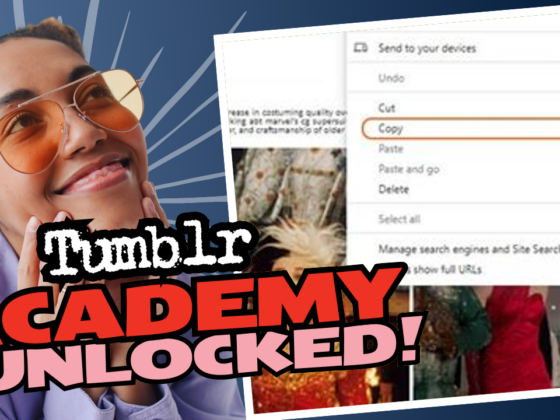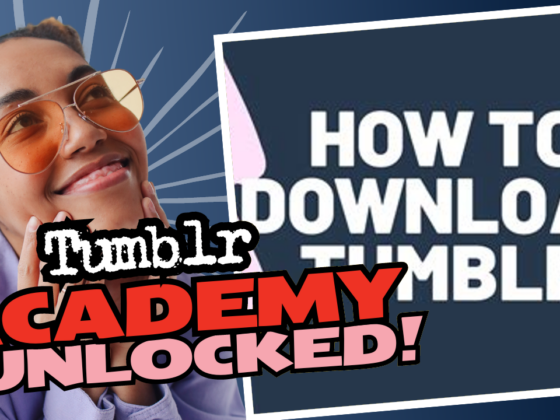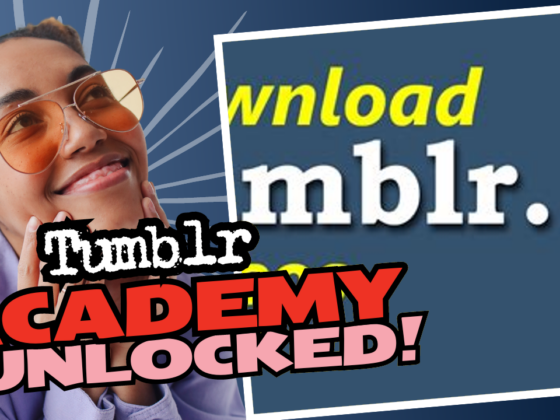Does Tumblr Use CSS? The Playful Guide to Customizing Your Theme!
Oh, you’re diving into the wild world of Tumblr themes! Congrats on choosing a platform that likes to keep things spicy. Yes, Tumblr absolutely uses CSS, and it’s your golden ticket to making that blog stand out like a rainbow unicorn at a dog show. 🦄
If you’re just starting, I recommend checking out Codeacademy. It’s a playground for aspiring coders where you can learn HTML and CSS basics without pulling your hair out. Seriously, it’s that straightforward! Once you’ve grasped the fundamentals, customizing your Tumblr page will feel like a game of legos – minus the risk of stepping on anything sharp. Just remember to have fun while making your page uniquely *you*!
Now, if you happen to be browsing on Firefox or Chrome, there’s a nifty tool called “Inspect Element.” It’s like having X-ray vision for your code! You can view, edit, or even delete elements right in your browser. This way, finding the right pieces to tweak becomes a piece of cake. Go ahead and play around. What could possibly go wrong? (Just kidding, don’t blame us if you accidentally delete your entire page. 😜)
If you want some structured help, Tumblr’s documentation on creating custom themes is like the Holy Grail for theme designers. It’s filled with all the magical spells – I mean, CSS tricks – you need to make your theme shine. And guess what? Some parts might seem daunting, but you’ll figure it out. Trust me; Google is your best friend here.
Here’s a wild tip: Instead of wrestling with complicated software like Dreamweaver (seriously, what’s up with that?), just grab a simple text editor like Notepad or Sublime Text. It keeps things uncomplicated, and you might even surprise yourself with how quickly you pick things up by trial and error.
Pro tip: If you’re debugging and notice some CSS isn’t working, check that you don’t have conflicting selectors and make sure your basic CSS is actually firing. You can do this by adding something simple like color: red; to see if it updates. And if all else fails, throwing in an !important at the end of your CSS rule can sometimes clear up any confusion. For example, backdrop-filter: blur(10px) !important; – because who doesn’t want their blog to have a classy blurred effect?
Now, before you race off to customize that blog of yours, remember that if you need any more help, answers, or research resources about how Tumblr uses CSS, feel free to live connect with us! We’re here for all your coding whims and wishes. Happy blogging!

